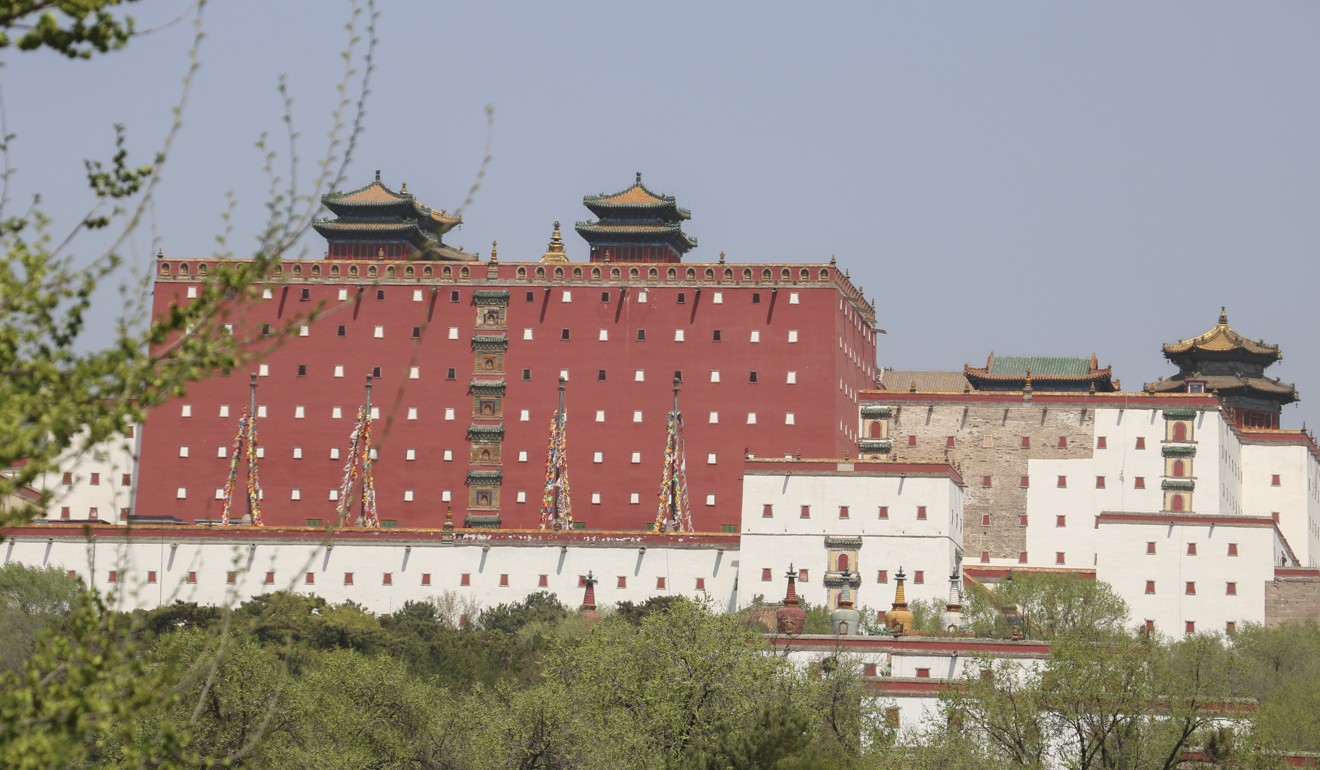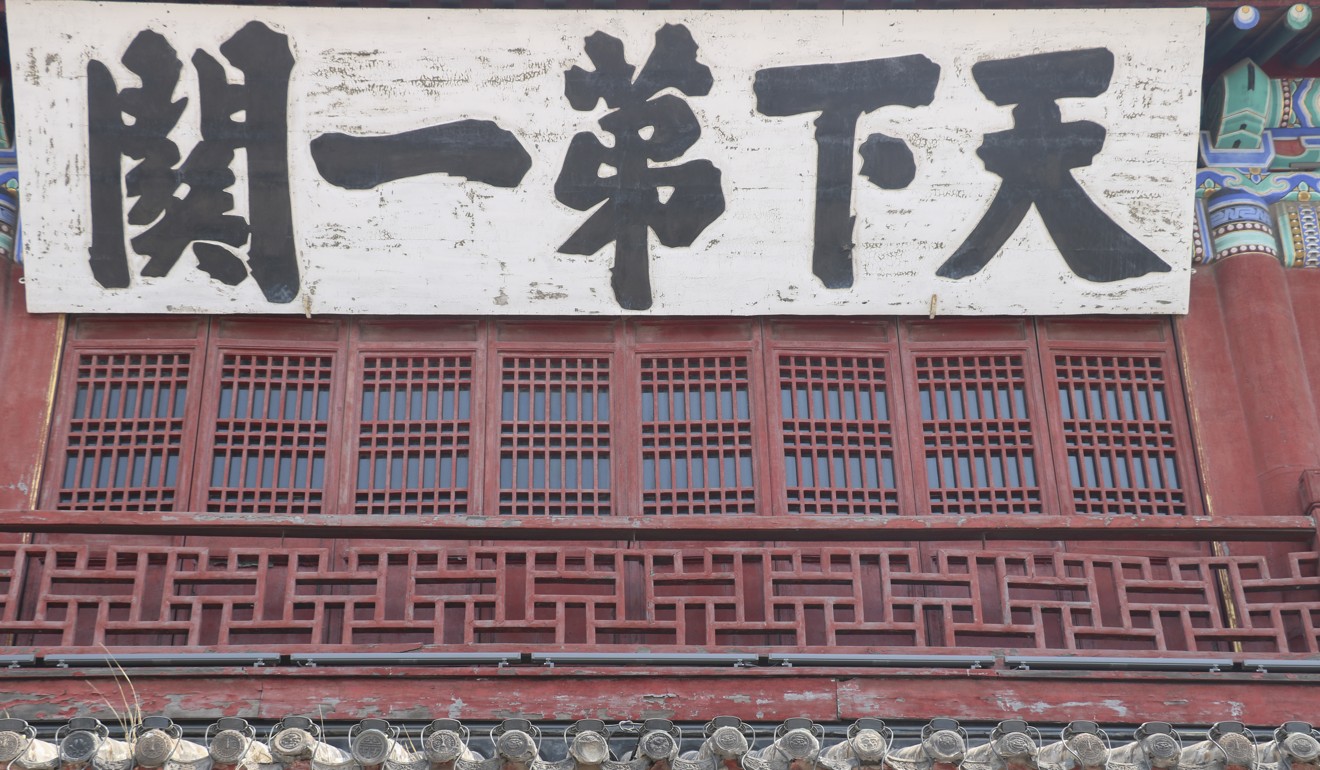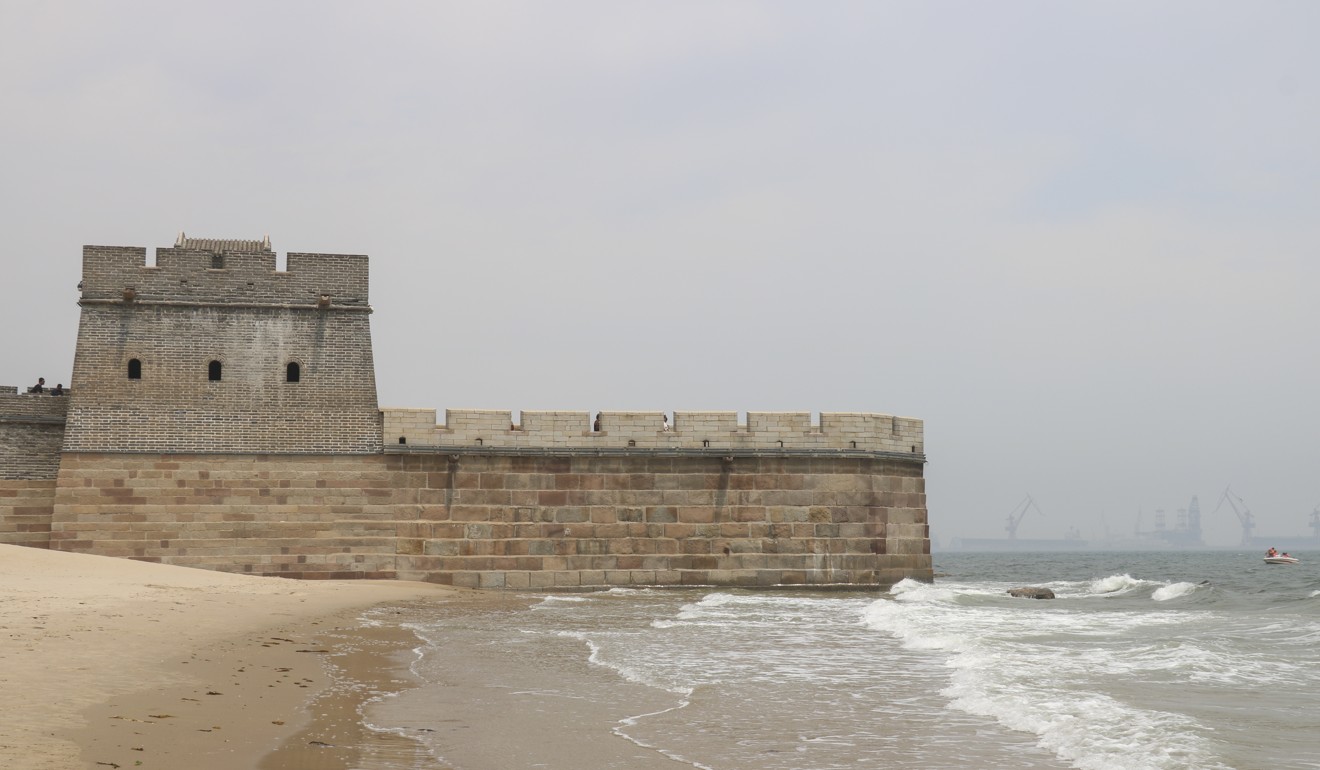
More than Beijing’s backyard: Hebei in China, where historical treasures shine through the pollution
Beijing’s hinterland, once the playground and battlefield of dynasties, has largely been spared the tourist makeover
“I’ve been through Hebei a hundred times,” is a sentiment often slurred in backstreet Beijing bars. A province that girdles the twin municipalities of Beijing and Tianjin (with a combined population of 35 million) sees some serious traffic, but ask anyone if they’ve actually been to Hebei, and the conversation dissolves like sugar in hot tea.
Hebei was, until 1928, named Zhili, which means ‘directly administered’. For centuries it was really an extension of the imperial capital that would have reached right to the walls of Andingmen
“Hebei was, until 1928, named Zhili, which means ‘directly administered’,” says historian Jeremiah Jenne, who is also a writer and educator, as well as the leader of walk-and-talks through Beijing’s ancient quarters. “For centuries it was really an extension of the imperial capital that would have reached right to the walls of Andingmen.”
As my apartment is in spitting distance of Andingmen – an ancient city gate turned busy roundabout – this resonates. Does my view of concrete cover the estates of Ming princes or the hunting grounds of Manchu archers? In a country that has laid more cement in a decade than the United States did in a century, seeking out what remains of Zhili seems daunting.
To the southwest of Beijing, Baoding was the provincial capital until 1967 and is still Hebei’s largest city. It’s name, earned in the 13th century during the Mongol Yuan dynasty, means something like “Protecting the Capital”, so it seems like a good place to begin.
Satellite city Baoding rolls out welcome mat to ‘guests from Beijing’
There is little suggestion of imperial China as I gaze from the railway station across a cityscape dominated by beige, identikit apartment blocks. The air is acrid; a combination of coal and veal – the donkey burger is Baoding’s celebrated culinary innovation. After wandering around a uniquely bland urban expanse, I find my way to the other side of the station, where a zesty city centre is revealed.
Along Yuhua West Road, I come upon an old drum tower near a Pizza Hut. Drum towers were focal points in ancient Chinese cities and, sure enough, a car park security guard directs me from the tower towards some deliciously flecked hutongs and, eventually, the Daci Pavilion, a temple that dates back more than 700 years.
Surrounding the temple are soothsayers offering a variety of fortune-telling services while a neat row of ping-pong tables fronts the ancient complex: a collage worthy of a China guidebook cover.
Daci is actually a collection of buildings, the pavilion itself elevated 31 metres above the surrounding halls. The roof is decorated with ornate tiles and inside sits an evocative wooden sculpture of the Buddhist goddess of mercy. Beside the effigy are wall murals, some of which were defaced during the Cultural Revolution.

Anarchic traffic disturbs the city’s principle boulevards but the backstreets are narrow and full of curio stores and locals curious to chat with a lost laowai. I dine on a Tianjin-style egg pancake outside a university, bought from one of the many snack vendors catering to penny-pinching students, before pressing on to Baoding’s bus station.
The route to Yi County follows a straight road through a rural expanse as flat as my pancake. Chinese culture may have been forged on these central plains, but they have seen better days; I alight at a township so forlorn it invokes nostalgia for my first view of Baoding. As is always the case in a country of billions, though, I’m able to procure a driver immediately, and am soon heading back into the countryside.
Jenne recommended the Western Qing Tombs, which, he told me, “have not yet had the tourist makeover”. The vast necropolis offers a tantalising intrusion into the realm of Manchu morbidity. Four mausoleums of Qing emperors as well as the minor mausoleums of consorts, princes and princesses are scattered throughout an area festooned with endangered ethnic Manchu villages: “the descendents of bannermen”, my driver explains.

The highlight is the access-all-areas tomb of Chongling. On the surface, this is a typical Qing construction: weighty roofs supported by ornate wooden beams and blood-red stone walls. But beyond the Spirit Way Pavilion and the Stone Altar (replete with sacrificial utensils) a stone staircase leads to a catacomb, some 350 square metres in size.
The temperature drops noticeably as one is unexpectedly confronted with the coffins of the Guangxu Emperor, who died in 1908, and the Xiaodingjing Empress, who followed him to the grave in 1913. Bottles of green tea, cigarettes, money and fruit have been left for the departed monarchs. There’s even a letter addressed to the emperor in English and I find myself wondering about the quality of translators in the afterlife, the Qing having taken pains to furnish all notable temples with Manchu, Chinese, Tibetan and Mongol script.
Qing royalty went to Baoding in death, but to play, they visited Chengde, to the northeast of Beijing.
In a golden period known as “High Qing”, the Manchu armies had doubled the territory controlled by their Ming predecessors and were now faced with the age-old problem of imperial overreach. Emperor Yongzheng pursued a strategy of cultural homogenisation, which inevitably meant sinicisation. But his son, a proud Manchu, decided House Qing would hold aloft the staff of an umbrella nation, paying homage to all cultural cornerstones of the empire.
China’s long and distinguished history of rule-breaking emperors
As William T. Rowe writes in China’s Last Empire (2009), “At his summer retreat just outside the Great Wall […] Qianlong constructed a grand theme park representing the public architecture of the vast Qing domain …”
Sunrise accompanies the night train’s arrival in Chengde. First impressions are of an unremarkable prefecture-level city, but its parks and palaces are of a scale that leaves the day tripper with some tough decisions to make about what he can fit in.
According to the tourist blurb, the Bishu Mountain Resort, or imperial summer palace, accounts for a third of the city district. Apparently the Kangxi Emperor modelled the complex on a Manchu encampment yet I’m soon merrily lost on paths that wind between rockeries and streams, striding from pavilion to pagoda as if having somehow fallen into an ink brush painting depicting the mountains and streams of the verdant south.
Every place has an auspicious name: Golden Hill Island, Pleasure Lake and, my favourite, the House for Enjoying Clouds and Water. Despite Kangxi’s earnest intentions, this is one of the most idealised visions of nature in China.

Eight temples flank the city perimeter, including Putuo Zongcheng, an imitation of Lhasa’s Potala Palace, and the neighbouring Xumi Fushou, another Tibetan-style complex, commissioned to celebrate Emperor Qianlong’s 70th birthday.
Enjoying the soaring panorama of Chengde’s hilly suburbs from the Wanshou Liuli Pagoda, at the rear of the Potala and Panchen Lama Scenic Area, I think of Lord Macartney, who led the unsuccessful British trade mission to China in 1793. It was here (not Beijing) where he infamously refused to kowtow to Emperor Qianlong, a moment of defiance that affectively triggered Qing China’s decline.
The emperor is lambasted in both China and the West for his perceived arrogance, but surrounded by all this grandeur, it seems somewhat forgivable. “How could any civilisation on Earth have surpassed such majesty?” Qianlong must have wondered.

The mid-morning fast train from Beijing Railway Station eastbound for Dalian passes through a world of sepia hues, from the wheat and cornfields to the sand-coloured skies.
It’s only when we reach the coast that the air begins to clear. Past the resort town of Beidaihe, historically a popular retreat for the Party elite, is the city of Qinhuangdao, where I alight at Shanhaiguan station.
The faux Ming architecture skirting the railway suggests this is something of a tourist town. In contrast to Baoding, a city aloof to its historical sites, or the district Chengde, which feels lived-in and functional, Shanhaiguan gives the impression it was constructed on the tourist dollar.
I trudge past delicacy restaurants and hotels to a booth selling the tickets visitors need to enter the vast, reconstructed old town and the local part of the Great Wall.

Only as I clamber onto the wall do I find some perspective. Through the pass below marched General Wu Sangui and his army in 1644, going to the aid of the Ming emperor as he confronted a rebellion led by Li Zicheng. But Wu was too late; the capital had fallen and the Chongzhen Emperor – the last ethnic Han to sit on the Dragon throne – had hanged himself from a tree in Jingshan Park.
It was here, at the pass, where Wu made the fateful decision to drive the rebels from the capital. He enlisted Dorgon, regent of the Manchuria, to help. Wu and his allies defeated Li’s army in the Battle of Shanhai Pass, but this left the door open for the Manchu to enter Beijing and assume the mandate of heaven for themselves.
The sense of triumph and tragedy imbuing Shanhaiguan is summed up in the must-photograph wooden plaque that declares this “The First Pass Under Heaven”.
I travel on to Laolongtou, “old dragon’s head”, where the Great Wall reaches into the Gulf of Bohai. It’s strange to see the wall, something so naturally associated with the land, lapped by waves. Yet this is where Chinese have stood for centuries looking at the world from the edge of heaven’s dominion.
Just visible through the haze is a container port reaching far farther out to sea than the wall.
I walk down to the beach, take off my shoes and step into the waves …

